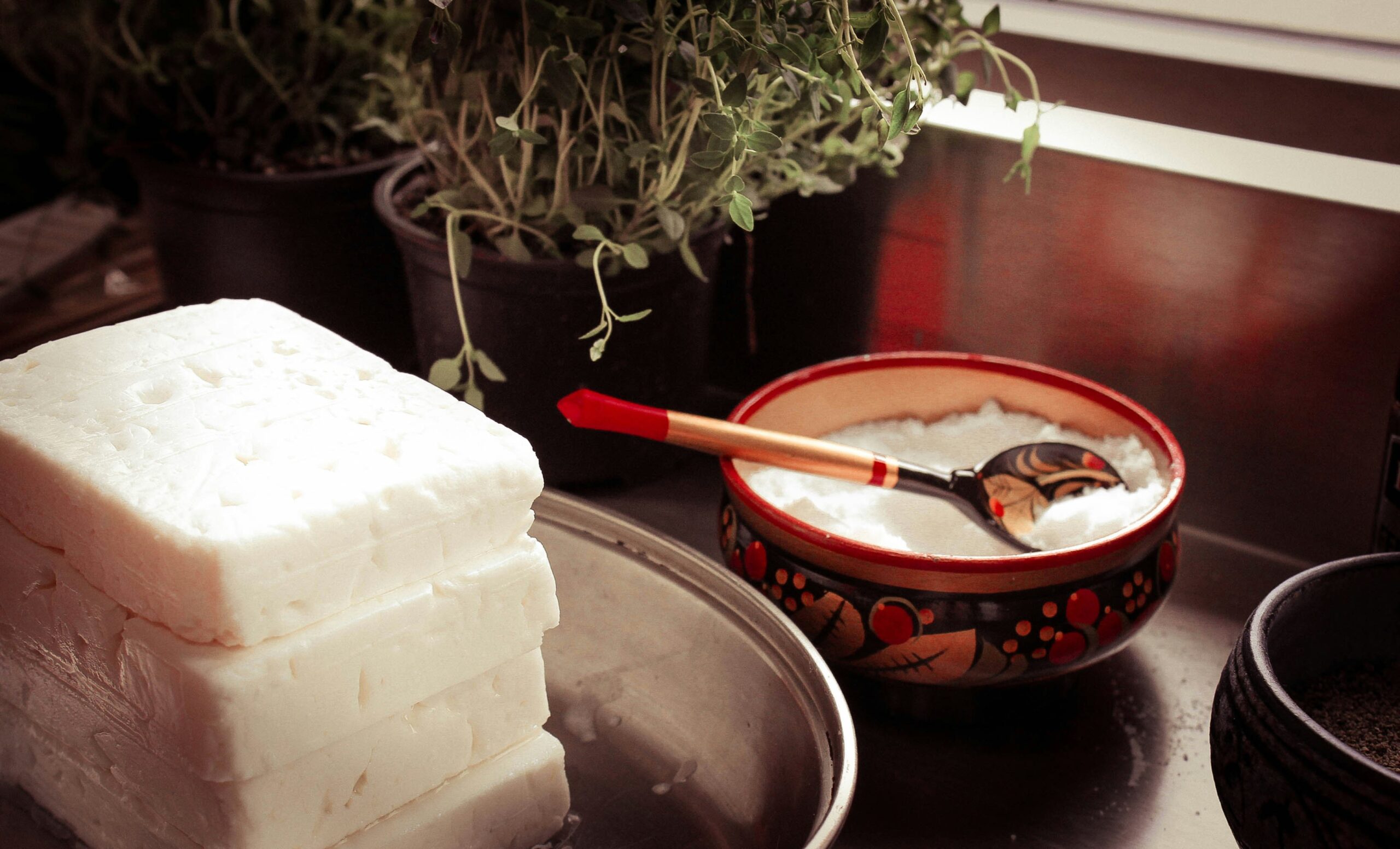Syracuse China has been a symbol of American craftsmanship for over a century. Among its many innovations, the Econo Rim line stands out for its durability, practicality, and timeless appeal. But what is the history of Syracuse China Econo Rim, and why does it hold a special place in the world of commercial dinnerware? This article explores its origins, evolution, and impact on the hospitality industry.
Origins of Syracuse China
The history of Syracuse China dates back to 1871, when the Onondaga Pottery Company (OPCO) was founded in Syracuse, New York. Originally focused on earthenware, the company transitioned to vitrified china in the late 19th century. By 1895, it rebranded as Syracuse China, reflecting its growing reputation for high-quality ceramic products.
Syracuse China quickly became a preferred choice for hotels, railroads, and fine dining establishments. The brand’s porcelain was known for its strength, resistance to chipping, and elegant designs—qualities that made it indispensable in commercial settings.
Introduction of the Econo Rim Line
As demand for cost-effective yet durable dinnerware grew, Syracuse China introduced the Econo Rim line. This collection was specifically designed to cater to restaurants, hotels, and institutions looking for reliable, long-lasting china without compromising on aesthetics.
Key Features of Econo Rim Dinnerware:
- Thicker, reinforced rims to prevent chipping.
- Affordable pricing, making it accessible to a wide range of businesses.
- Simple, yet elegant designs that fit various dining environments.
- Vitrified china composition, ensuring strength and longevity.
The history of Syracuse China Econo Rim reflects the company’s commitment to balancing affordability with quality. This line gained popularity in the mid-20th century, becoming a staple in high-traffic dining establishments.
Impact on the Hospitality Industry
Econo Rim dinnerware became a favorite among restaurants, diners, and hotels due to its durability. Unlike delicate porcelain, these plates and bowls could withstand heavy use, making them ideal for high-turnover food service environments.
A 1980s industry report highlighted that restaurants using Syracuse China products, including Econo Rim, reduced dish replacement costs by nearly 30% compared to those using lesser-quality dinnerware. This cost-effectiveness contributed to the line’s widespread adoption.
Railroad and Airline Use
Syracuse China, including the Econo Rim series, was also favored by railroads and airlines in the mid-20th century. The lightweight yet durable nature of the china made it suitable for use in moving vehicles, where breakage was a significant concern.
Design and Style Variations
While Econo Rim was designed with practicality in mind, it did not lack aesthetic appeal. Over the years, Syracuse China produced various patterns and finishes for the Econo Rim series, catering to different tastes and branding needs.
Popular Designs:
- Classic White: A simple, clean look that complemented any setting.
- Decorative Borders: Some variations featured subtle gold or colored rims.
- Custom Logos: Many hotels and restaurants requested custom branding, adding an extra layer of sophistication.
These variations ensured that businesses could maintain a polished, professional look while benefiting from the durability of Econo Rim china.
Decline and Legacy
Despite its popularity, the history of Syracuse China Econo Rim took a turn in the early 2000s. Syracuse China faced increased competition from imported dinnerware, leading to shifts in manufacturing strategies.
In 2009, the company closed its Syracuse factory after 138 years of production, marking the end of an era. However, many collectors and vintage dinnerware enthusiasts still seek Econo Rim pieces, recognizing their historical and practical value.
Today, Syracuse China items, especially Econo Rim, remain highly collectible. Vintage pieces can be found on resale platforms, often commanding high prices due to their durability and nostalgic appeal.
The history of Syracuse China Econo Rim reflects the evolution of American commercial dinnerware. From its introduction as a cost-effective, durable option to its lasting legacy in the hospitality industry, this line played a crucial role in shaping dining standards.
Though no longer in production, Syracuse China Econo Rim continues to be cherished by collectors and former industry professionals. Its impact on food service durability and affordability remains an enduring testament to the quality and craftsmanship of Syracuse China.











